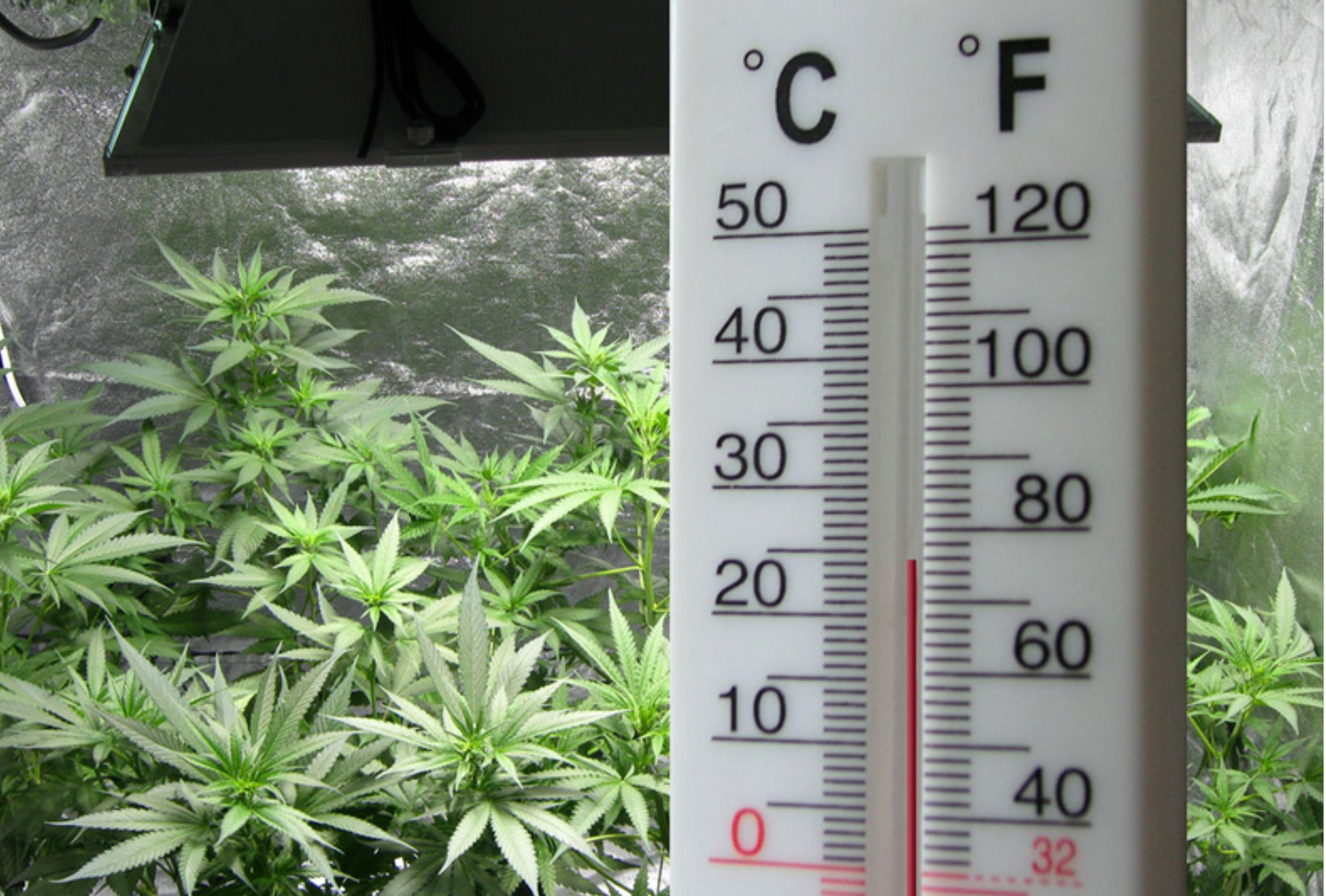Maintaining the right temperature and humidity for indoor plants is always a concern for indoor gardeners. Plants need a stable environment to survive. Nurturing growing plants often means putting in some extra work to keep conditions optimal.
If you’re looking to start growing inside, you’re likely wondering what the ideal conditions are for your plants. Different plants, of course, thrive under different circumstances. Be sure to do your research carefully about the specific needs of your plants. Below, we’ll provide some guidance on determining and maintaining the best temperature and humidity possible.
What’s The Right Humidity?
Most houseplants can thrive at humidity levels between 40 and 60 percent. During the summer months, most homes naturally fall between these levels of humidity. However, if you rely heavily on artificial heating or air conditioning, this can result in dry air. If humidity levels fall below 40 percent, usually only cacti and succulents will thrive.
Some plants, tropical ones especially, may benefit from high humidity. African violets, for example, do well when humidity levels are between 70 and 80 percent. Luckily, most tropical plants can still stay healthy at humidity levels between 50 and 60 percent. This is easier to maintain in the average home.
In addition to the type of plant, the right humidity level is highly contingent on the growth stage. Seedlings may need a higher level of humidity than plants at the vegetative or flowering stage, for instance.
There’s no one size fits all answer when it comes to optimal humidity. Make sure to look into the specific needs of your plants.
Temperature
Much like humidity, optimal temperature depends on what type of plant you’re growing. Most plants do fine at temperatures between 60 and 75 degrees Fahrenheit (15 to 24 degrees Celsius). This is an easy temperature to maintain inside, although in some areas night temperatures tend to dip.
Some plants may benefit from slightly warmer or slightly cooler temperatures. Subtropical plants, for example, don’t tolerate high temperatures as well.
Again, it also depends on the stage of the grow cycle. Seedlings especially may need slightly warmer temperatures.
As with humidity, the message here is do your research. Every plant has its own unique needs.
Regulating Temperature And Humidity
Stable conditions help plants thrive, so regulating temperature and humidity for indoor plants is important. Invest in a thermometer and a hygrometer and keep a close eye on both to ensure your plants stay healthy.
Regulating Humidity
There are plenty of simple tricks you can use to raise or lower humidity levels for your plants.
Misting your plants with a bottle of tepid water helps increase humidity. You can also push plants closer together to create a more humid environment. Placing plants on a pebble or gravel tray is also a great way to prevent dry air.
If you’re looking to create a dryer environment, keep your home well ventilated. Keep windows open, run the AC, or turn on fans. You can also place charcoal briquettes or rock salts in a room, which absorb moisture.
If it’s within your budget, consider a dehumidifier or humidifier to adjust humidity.
Regulating Temperature
There are plenty of ways to tweak the temperature in your home to keep your plants healthy.
If you’re growing plants in a grow tent or grow room, lights make a big difference. Different grow lights produce different levels of heat, and can also be lowered or raised to adjust temperature as needed.
Airflow also affects temperature. If you’re looking to reduce the temperature in your home, try adding fans or installing air conditioning. If your plants need a warmer environment, a space heater might be helpful.
Finally, being aware of where you keep your plants is important. If you’re setting your plants on a windowsill, for example, the outside temperature will affect them. The same can be said for a drafty room.
Insulating Your Space
Insulation is a great way to keep temperature and humidity stable. A well-insulated room or grow tent will allow you to control temperature and humidity and adjust levels as needed.
There are lots of ways to keep a grow tent or grow room insulated. You can place rugs on the floors or wrap your tent in materials like thermal shielding or rockwool. Grozeebo Grow Tents are the only insulted grow tents on the market. All our tents come with sewn-in insulation. This helps you maintain the ideal temperature and humidity for your indoor plants.
Conclusion
When it comes to temperature and humidity for indoor plants, there’s no perfect formula. Every plant is different and comes with its own unique needs.
It will take research to determine the optimal conditions for your plants. It also may take a little work to cultivate the right environment inside your home. However, it’ll be worth the effort when your plants start to thrive.
Are you interested in getting serious about indoor gardening? Check out our grow tents here, which are insulated, modular, and made with sturdy framing to support all the equipment you need.

